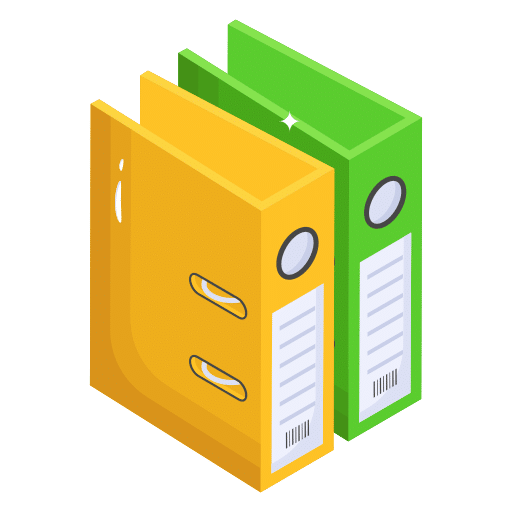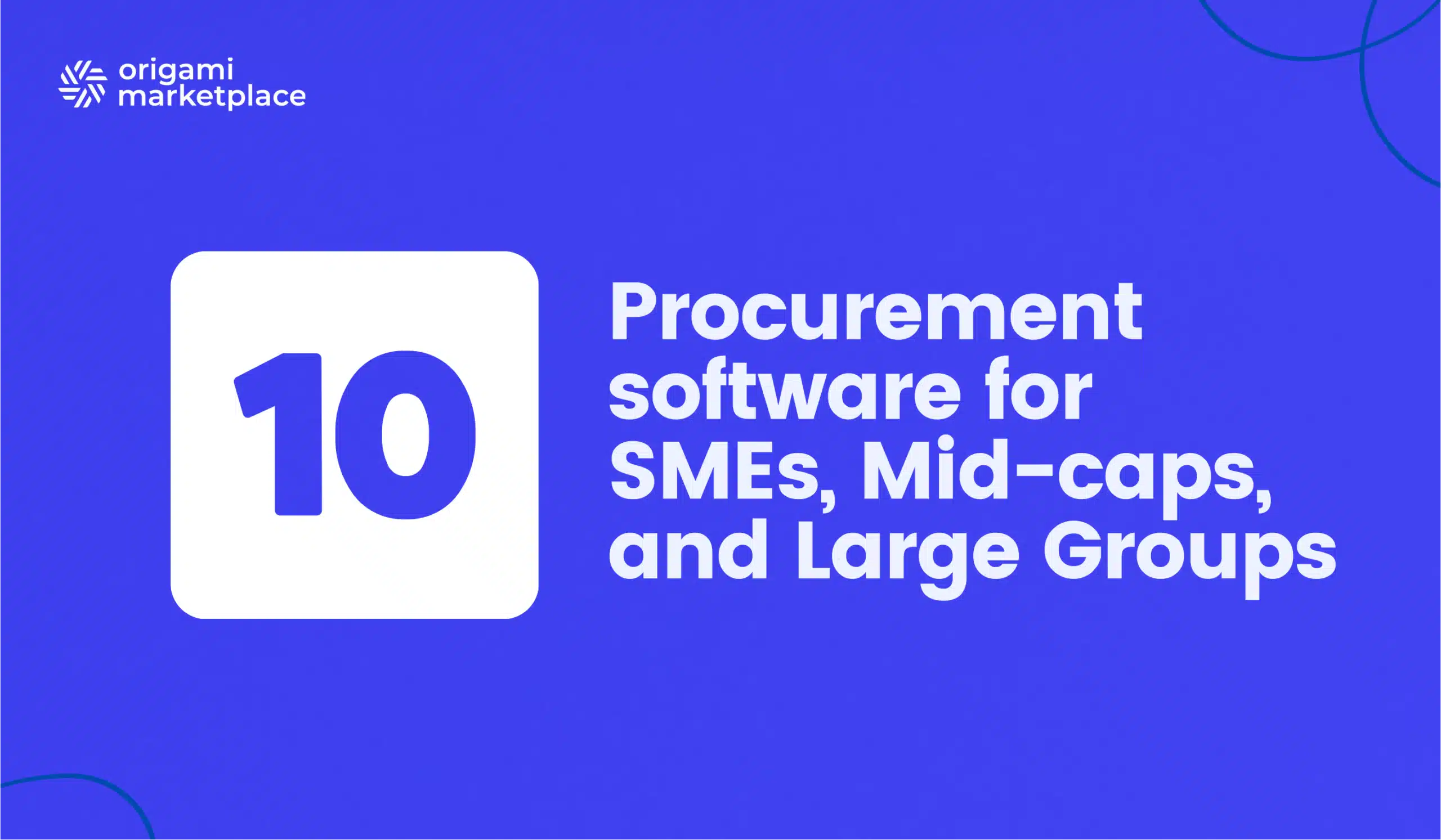Marketplace Request for Proposal Template (Google Sheets)
- Arnaud
- 9 minutes reading
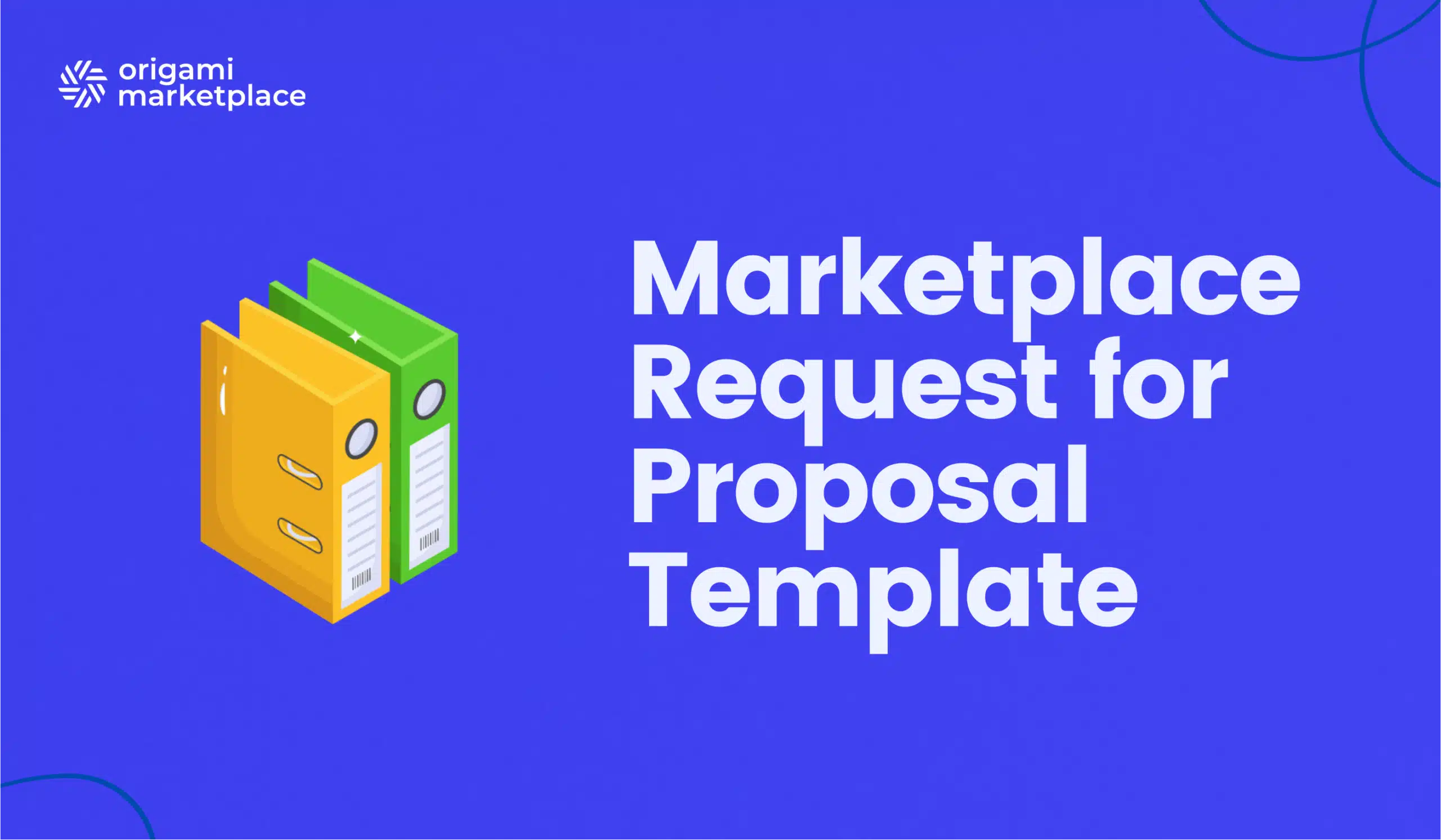
Are you looking to create a new marketplace or replatform an existing one but don’t know where to start? Crafting a successful marketplace requires finding the right partners and clearly defining your needs. A well-crafted a marketplace request for proposal (RFP) can help you outline your project’s requirements and attract the best vendors. In this guide, we’ll show you how to create a powerful RFP to set your marketplace up for success and simplify the vendor selection process.
- What is a request for proposal (RFP)?
- Understanding the difference between an RFI, RFP, and RFQ
- Benefits of a marketplace request for proposal
- Who Benefits From a marketplace request for proposal?
- How to use a marketplace request for proposal?
- Why download our marketplace request for proposal template?
- How to write a request for proposal?
1. What is a request for proposal (RFP)?
A Request for Proposal (RFP) template is a document that outlines a business’s specific needs and invites vendors to submit proposals to fulfill those requirements. RFPs are commonly used across various industries—including marketing, IT, project management, and large enterprises—to solicit bids for tools, services, or solutions.
RFP templates typically include background information about the issuing company, detailed project requirements, and a framework for evaluating vendor responses. This process bridges gaps in internal resources by leveraging external expertise, accelerating project timelines and enhancing project success.
2. Understanding the difference between an RFI, RFP, and RFQ
RFI (Request for Information), RFP (Request for Proposal), and RFQ (Request for Quote) are essential tools in procurement communication between businesses and potential suppliers.
RFI (Request for Information): This document is issued early to gather information about a market, industry, or potential vendors. It allows businesses to cast a broad net, gathering initial data and filtering out unsuitable candidates before diving into more detailed processes.
RFP (Request for Proposal): This comprehensive document details a company’s needs, capabilities sought in a vendor, and evaluation criteria. Vendors are invited to submit detailed proposals outlining how they can meet the specified requirements, often leading to further negotiation and selection stages.
RFQ (Request for Quote): Typically follows an RFP or can stand alone when price is a key determining factor. The RFQ focuses primarily on pricing and specific deliverables, used when the business has a clear understanding of its needs.
Another key document is the specifications template, which details exact project requirements, technical needs, and deliverables. Unlike an RFP, it offers total clarity, minimizing interpretation and improving vendor alignment and project success. Click here to discover it.

Alexandre Duquenoy
→ Talk to our solution expert
3. Benefits of a marketplace request for proposal
Using an RFP to select a marketplace provider offers numerous advantages that go far beyond simply choosing suppliers. Here’s how a structured RFP can make a significant difference in the success of your project:
- Internal Alignment: Crafting an RFP enables all company stakeholders to align on goals, needs, and expectations related to the marketplace. This ensures everyone is on the same page, facilitating decision-making and reducing the risk of disagreements once the project is underway.
- Clear and Precise Communication: A well-crafted RFP provides potential providers with a clear vision of your expectations, constraints, and objectives. This avoids misunderstandings and allows providers to submit targeted proposals tailored to your specific needs.
- Simplified Provider Comparison: With a set of clearly defined criteria, an RFP enables objective evaluation of the various proposals received. You can compare providers based on criteria such as cost, experience, technical capabilities, and the ability to customize the solution to your needs.
- Solution Customization: By specifying your unique requirements and technical needs from the start, an RFP helps ensure tailored solutions and confirms that the selected provider can meet all aspects of the project, including integrations, scalability, and required functionalities.
- Risk Reduction: The RFP process mitigates project risks by identifying potential gaps, eliminating inadequate providers, and selecting the solution that best meets your criteria. This helps prevent issues such as budget overruns or project delays.
- Cost Optimization: By inviting multiple proposals and comparing offers from different providers, you gain better visibility of project costs and can negotiate favorable terms. This helps maximize return on investment while minimizing unnecessary expenses.
- Adaptation to Market Changes: Marketplace needs often evolve in line with market trends and user expectations. An RFP helps you select providers capable of adapting to these changes and evolving the solution to remain competitive in the long term.
Download our free marketplace request for proposal template.
4. Who Benefits From a marketplace request for proposal?
- Marketplace & eCommerce Manager: Responsible for the digital strategy of the marketplace, this individual needs a deep understanding of the solution’s capabilities, potential integrations, and growth prospects. A structured RFP allows them to find solutions aligned with strategic objectives and customer expectations.
- Agencies: Agencies specializing in marketplace implementation and customization can use this model to better understand their clients’ specific needs, align resources, and create tailored projects.
- Business Development Manager: Focused on identifying new market opportunities and growing the company’s business activities.
- IT Manager: Along with their team, they must ensure smooth integration, security, scalability, and technical capabilities of the chosen solutions. The RFP process enables them to analyze proposals based on these crucial technical requirements.
- Financial Team: CFOs and their teams need to evaluate the costs associated with each proposed solution, including licensing fees, hidden costs, and return on investment (ROI). A clear RFP allows them to compare pricing models and make informed financial strategy decisions.
- Executives: For senior executives, it is essential to ensure that the marketplace platform aligns with the overall vision, growth objectives, and strategic transformations of the company. The RFP process allows them to assess the compatibility of potential providers with their long-term goals.
- Marketing Director and Team: They need to ensure that the chosen platform can support customer acquisition, brand promotion, and revenue growth. A well-designed RFP ensures that features such as customization, marketing automation, and customer analytics align with their strategies.
By leveraging a comprehensive marketplace RFP template, all of these professionals can approach vendor selection with greater clarity and confidence, reducing risk and increasing the chances of project success.
Start by clearly defining your marketplace project goals and requirements. A detailed RFP ensures you attract the best vendor partners and gain clarity on their capabilities, setting your project up for success.

Antoine Mantel
→ Talk to our solution expert
5. How to write a request for proposal?
Writing an effective request for proposal (RFP) involves more than simply filling in an existing template. You need to tailor it to your needs. Here are some essential steps to follow to ensure a clear and attractive RFP that will attract the best providers:
- Clearly define the scope and objectives of the project: It is crucial to specify what your business aims to achieve and the results you expect from the provider. This includes overall goals, desired outcomes, and any relevant business context.
- Be specific about requirements and expectations: Each point should be formulated to leave no room for ambiguity. For example, if you require specific skills or particular deliverables, make that explicitly clear.
- Include all relevant details: Provide information such as timelines, budget, specific conditions, key deadlines, and checkpoints. The clearer the details, the more tailored the proposals you receive will be to your needs.
- Provide a section for questions and clarifications: Potential providers should have the opportunity to ask questions or request clarification. This helps eliminate confusion and ensures more focused and precise responses.
- Evaluate proposals objectively: Use clear evaluation criteria to compare responses. This may include cost, experience, client references, project understanding, methodology, and other parameters important to your project.
- Communicate transparently with the selected provider: Once a provider is chosen, it is crucial to maintain open and transparent communication. Set expectations, clarify terms of collaboration, and continue working together to ensure the project meets its objectives.
6. Why download our marketplace request for proposal template?
Our RFP template is more than just a document. It’s the result of our expertise, successful projects, and enthusiastic client feedback. Designed to streamline your process, facilitate offer comparisons, and attract top-tier providers, it gives you a competitive edge.
Download it now and kickstart your project with the market’s most comprehensive marketplace RFP template!
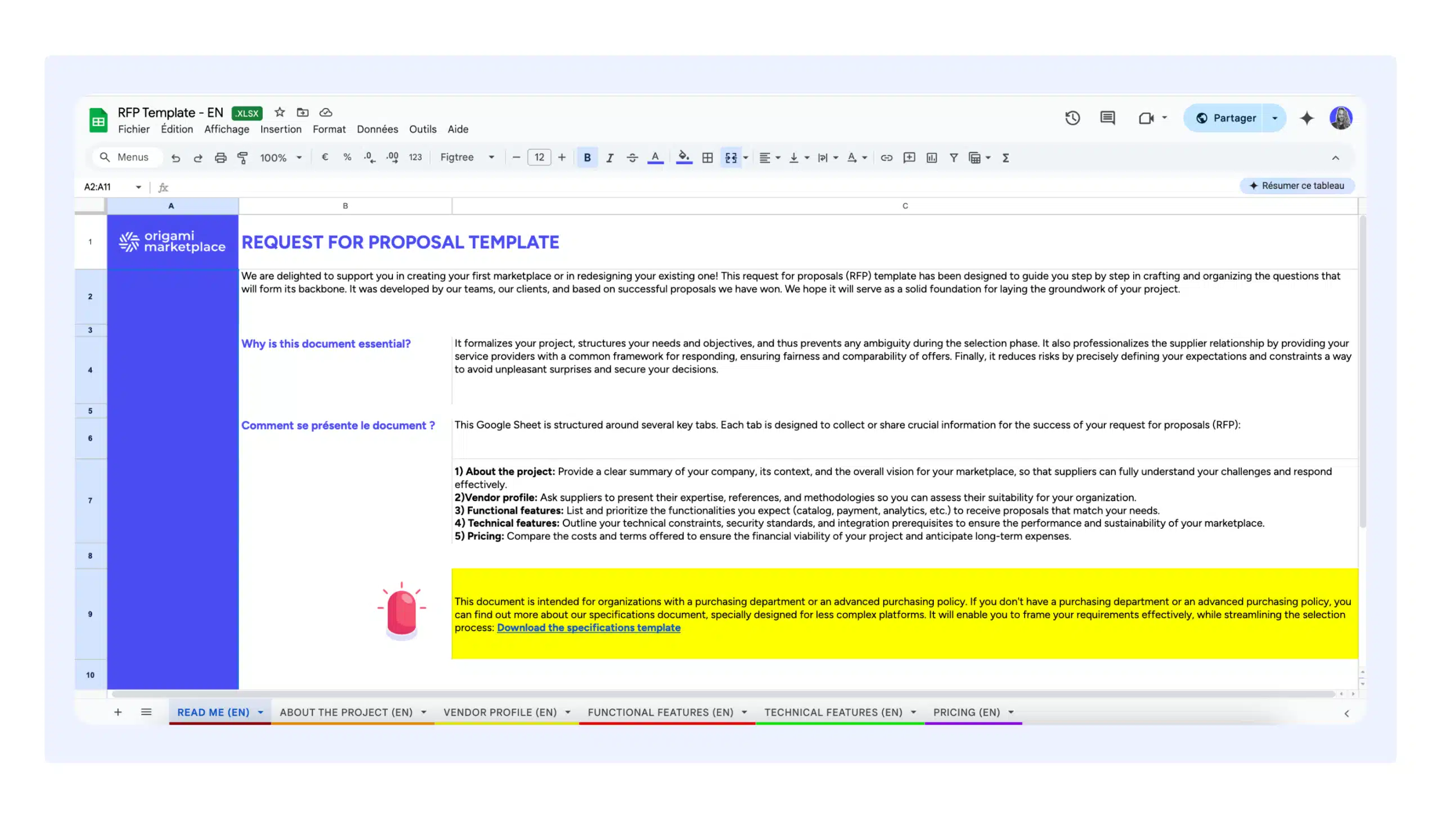
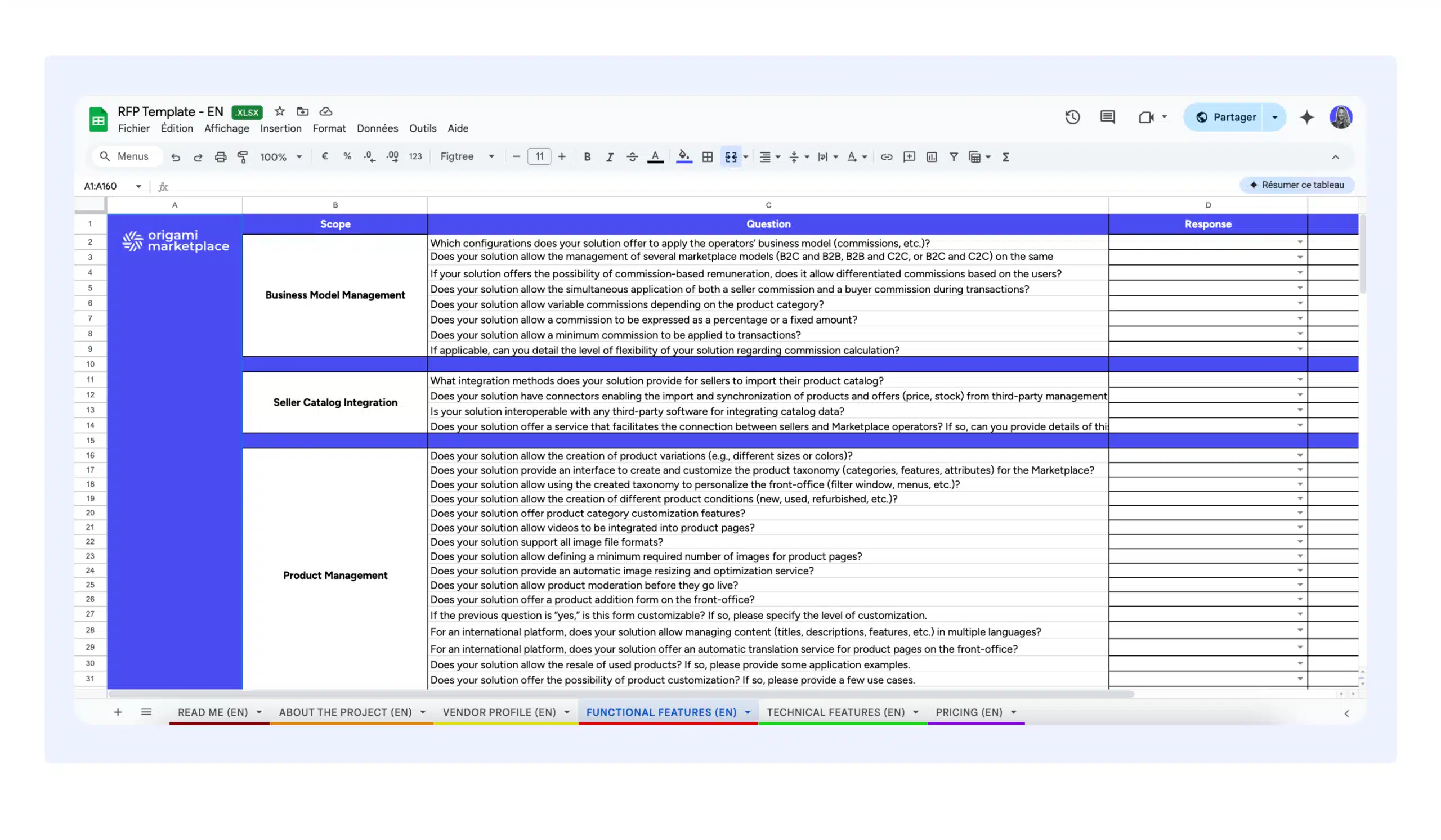
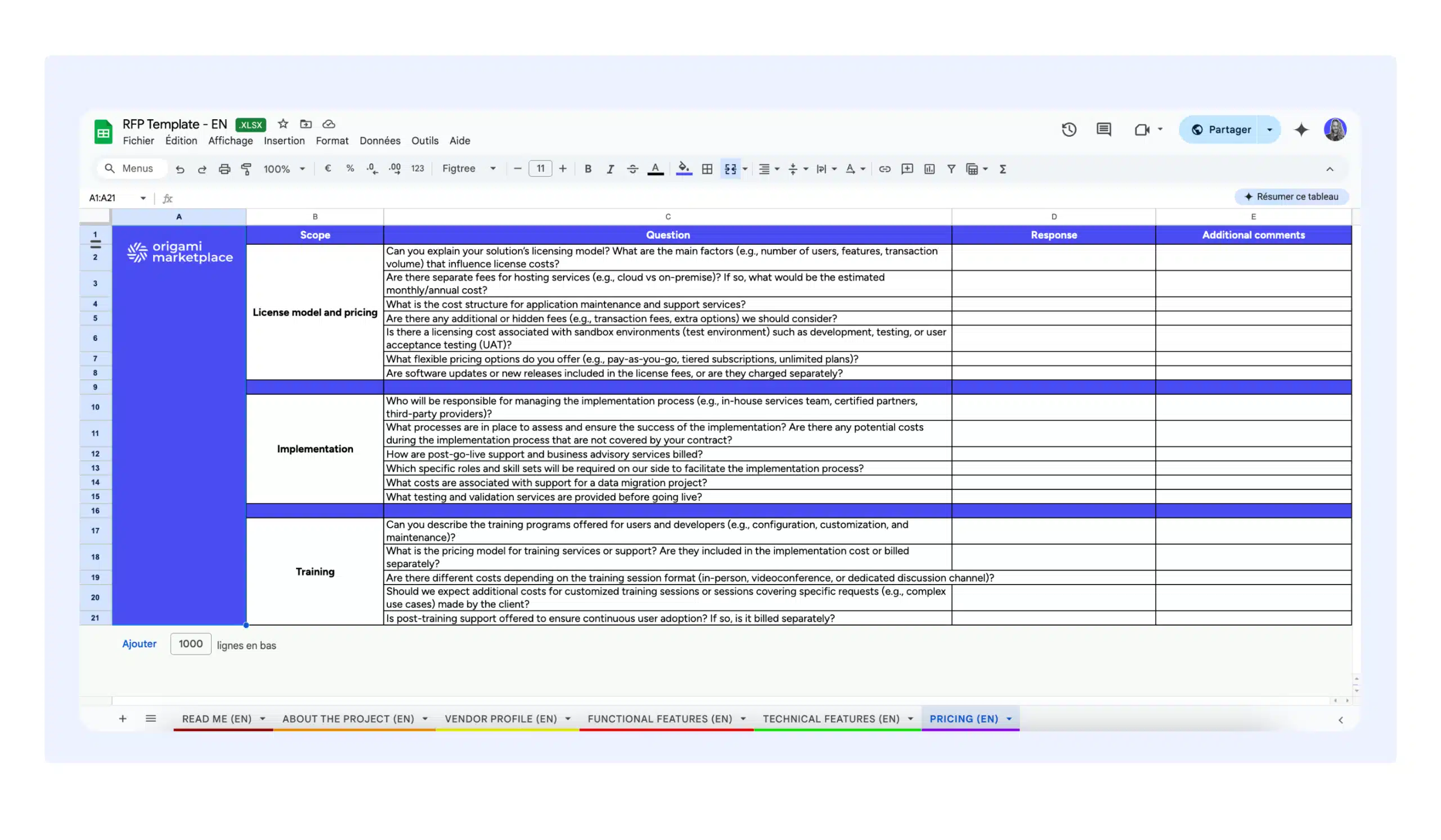
Download our free marketplace request for proposal template.
7. How to use a marketplace request for proposal?
Once you have distributed your request for proposal (RFP) and received responses from providers, it is important to conduct a thorough evaluation of the proposals. Start by carefully reviewing each response to ensure compliance with the initial requirements, and then refine your RFP if necessary, taking into account any feedback or questions from the providers. This process ensures you have a strong foundation for making an informed decision.
The next steps involve narrowing down the number of providers by creating a shortlist of the most qualified candidates. At this stage, it is beneficial to engage in further discussions with the selected providers to clarify specific points, explore potential adjustments, or gather additional details on their offerings. This dialogue phase may include product demonstrations, interviews, or Q&A sessions.
Finally, proceed with final negotiations with the selected providers to fine-tune partnership terms, discuss costs, timelines, and specific project conditions. This structured approach ensures you select the provider best suited to your needs while minimizing risks and maximizing the success of your marketplace project.
If you have any questions, our team is here to help!
